
What Makes IOWN So Impressive?
A comprehensive guide to IOWN's technology and applications
IOWN (Innovative Optical and Wireless Network) is NTT's vision for next-generation communication and computing, built on light-based technology to achieve ultra-low power consumption, massive capacity, and minimal latency. This blog introduces IOWN's three core technologies, APN, PEC, and DCI, explains the breakthroughs that enable them, and explores real-world applications from long-distance data center interconnects to remote robot operations. With the potential to cut AI-related energy use dramatically and enable real-time processing of massive datasets, IOWN lays the groundwork for advanced systems like Digital Twin Computing and a more efficient, connected future.
IOWN (Innovative Optical and Wireless Network) is a technology that NTT is investing heavily in to help bring to life its vision for the future. It provides next-generation communication and computing infrastructure, defined by low power consumption, high capacity, and low latency.
In this article, we explore the core technologies that make IOWN possible, outline the technical breakthroughs behind its performance, and highlight practical use cases that show how it could reshape industries and everyday life.
1. Understanding IOWN Technology
IOWN is a next-generation communication and computing infrastructure built on photonics, or light-based, technology. By replacing conventional electrical signals with optical ones, it achieves low power consumption, high capacity, and minimal latency. Put simply, this means data can move faster, in larger volumes, and using far less energy than with today's networks.
As shown in Figure 1, using optical devices instead of electrical circuits cuts down on signal loss and delays from switching between electrical and optical signals. Because light carries data faster and with less energy than electricity, a fully optical network allows IOWN to perform at its best.
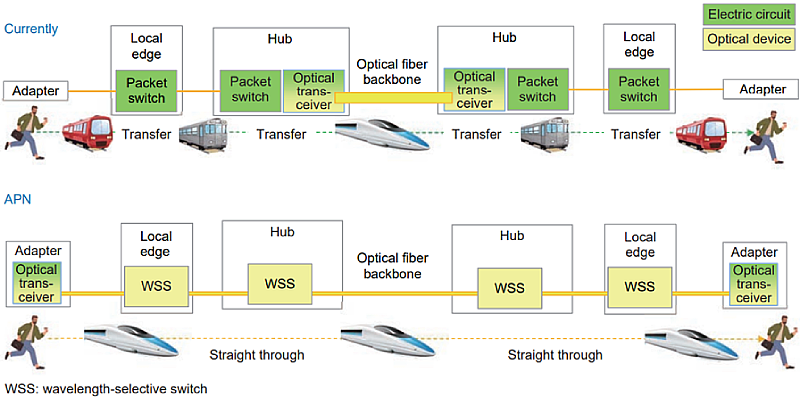
Figure 1: Conceptual illustration of replacing electrical components with optical devices (Source: NTT Technical Journal )
2. The Benefits of IOWN
IOWN has the potential to reshape how we tackle some of today's most pressing challenges. Beyond delivering faster, more reliable connectivity, it is designed to dramatically improve energy efficiency and opens the door to new possibilities with high-capacity, low-latency communication.
2-1. Power efficiency: Cutting energy use in the era of AI
With the unrelenting growth of generative AI, the demand for data centers is increasing rapidly, and so is the issue of energy consumption.
The explosive growth of generative AI is fueling an unprecedented demand for data centers, and with it, a surge in energy consumption. IOWN's advanced computing infrastructure offers a way forward. By 2026, we expect to cut power consumption to just one-eighth of today's levels, with an ambitious target of slashing it to one one-hundredth by around 2032.
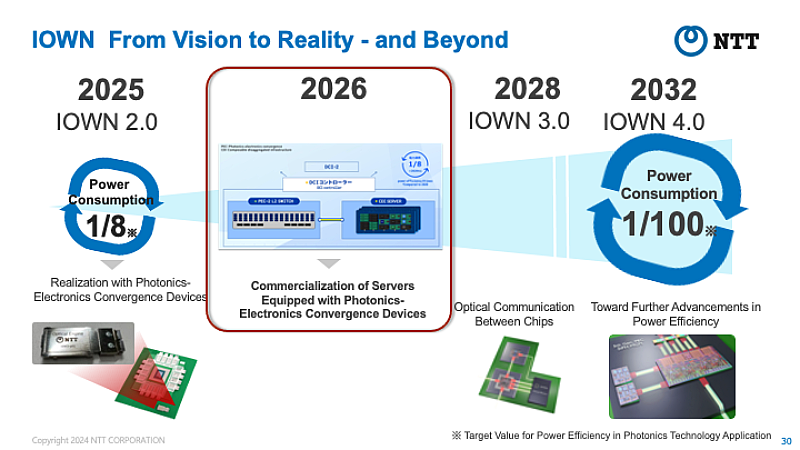
Figure 2: Achieving low power consumption (Source: Solving Social Issues through Industry AI Cloud)
2-2. High capacity and low latency: real-time processing of massive datasets
IOWN brings together advanced technologies such as multi-core fiber optical transmission systems and methods to send information without compression. The goal is to boost transmission capacity by up to 125 times while cutting latency to just 1/200 of current levels.
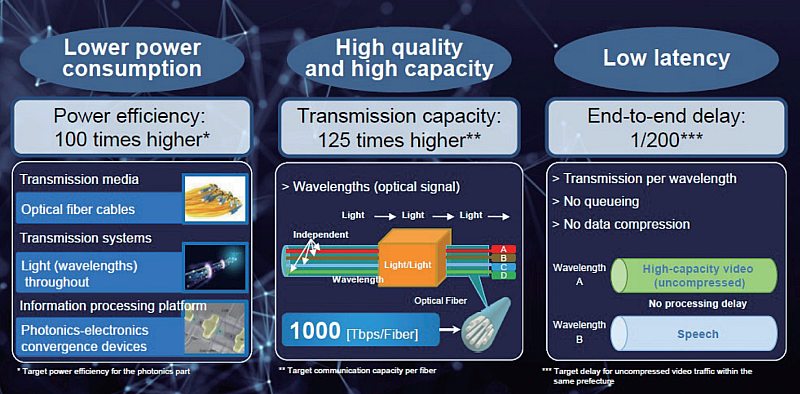
Figure 3: IOWN benefits (Source: NTT Technical Review)
The combination of high capacity and low latency opens the door to a wide range of applications and has the potential to drive significant societal change.
In the mobility sector, for instance, IOWN can track the status of vehicles, people, and surrounding environments in real time. This makes it possible for AI systems to process data instantly and provide feedback that supports safer, more adaptive forms of transportation.
3. The Three Core Technologies That Make Up IOWN
IOWN is built on three key technologies: APN, PEC, and DCI. Each of these contribute specific capabilities that make the network faster, more efficient, and more reliable.
3-1. APN (All-Photonics Network)
As shown in Figure 1, APN achieves extremely low power consumption, high-speed, large-capacity transmission, and minimal latency by applying photonics (optical) technology across the entire network, from end devices to core infrastructure.
APN has already been commercialized. Since March 2023, NTT East and NTT West have offered the APN IOWN 1.0 commercial service. By transmitting signals entirely through optical wavelengths without converting them into electrical signals, APN reduces latency to just 1/200 compared to conventional networks.
Another key advantage of APN is its ability to eliminate latency fluctuations. Conventional TCP/IP-based networks experience variable delays depending on network traffic, which can disrupt services that depend on real-time responsiveness. With APN, latency remains constant and predictable, enabling accurate remote operations and real-time data communication across long distances.
3-2. PEC (Photonic-Electronic Convergence)
PEC is a technology that shifts functions traditionally handled by electricity to photonics.
Light has significant advantages over electricity when it comes to power efficiency. In electrical wiring, power consumption rises sharply as speeds (frequency) increase or as transmission distances grow. By contrast, photonics achieves both higher speeds and longer distances with only minimal additional power, making it far more efficient.
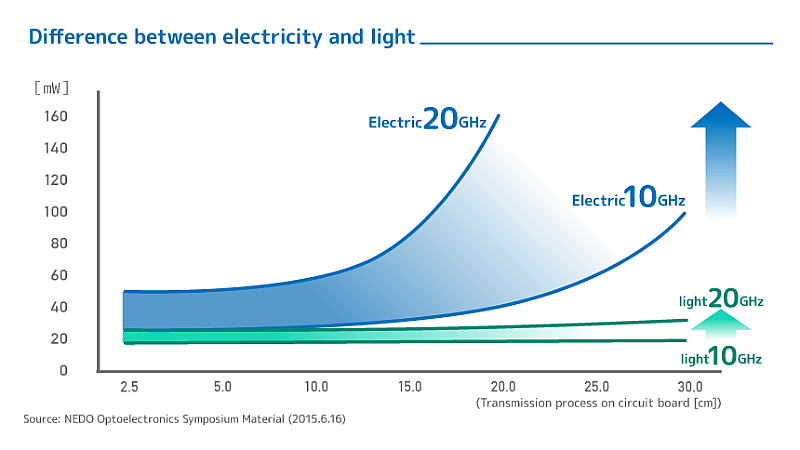
Figure 5: Low power characteristics of light (Source: IOWN Functions and Characteristics)
PEC is categorized into four generations based on its area of application:
- PEC-1: Optical interconnect between data centers (already commercialized through APN)
- PEC-2: Optical interconnect between boards in computing equipment
- PEC-3: Optical interconnect between chips on the same board
- PEC-4: Optical wiring within individual chips
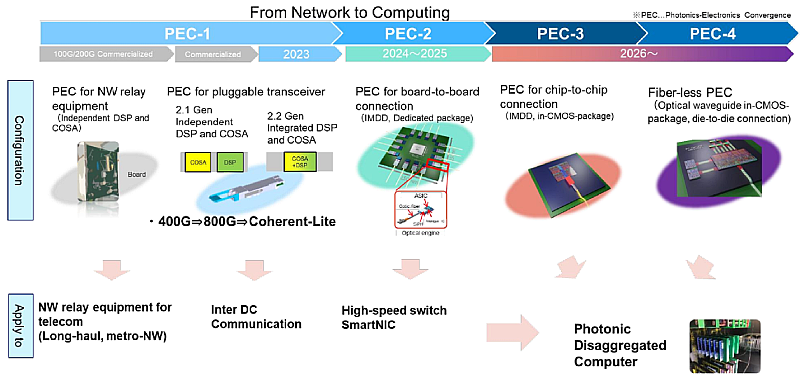
Figure 6: Generations and application areas of Photonic-Electronic Convergence (Source: NTT R&D FORUM 2024 REPORT)
3-3. DCI (Data-Centric Infrastructure)
DCI is a next-generation data processing platform planned for IOWN 2.0 and beyond, built on Photonic-Electronic Convergence (PEC).
By disaggregating computing resources such as CPUs, memory, and GPUs, and activating only what is needed, DCI improves efficiency and reduces power consumption.
Whereas electrical wiring limits the distance over which resources can be interconnected, optical wiring extends this reach, making it possible to optimize resource use across large-scale systems virtually.
When combined with APN to link geographically distributed data centers, DCI can deliver a highly scalable, high-performance, and energy-efficient ICT infrastructure.
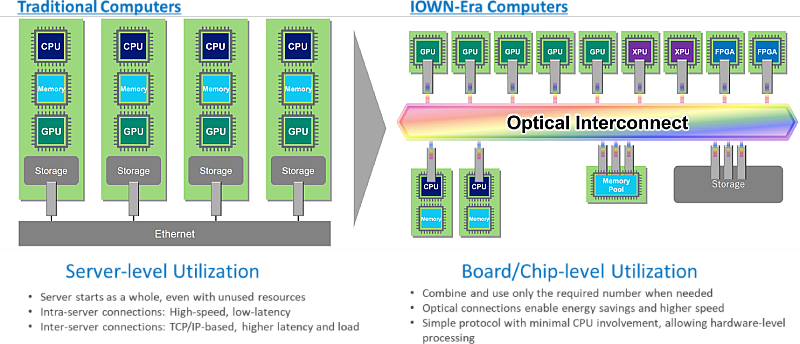
Figure 7: Resource utilization in DCI (Source: Telecommunications Market Verification Council Materials)
4. IOWN Roadmap
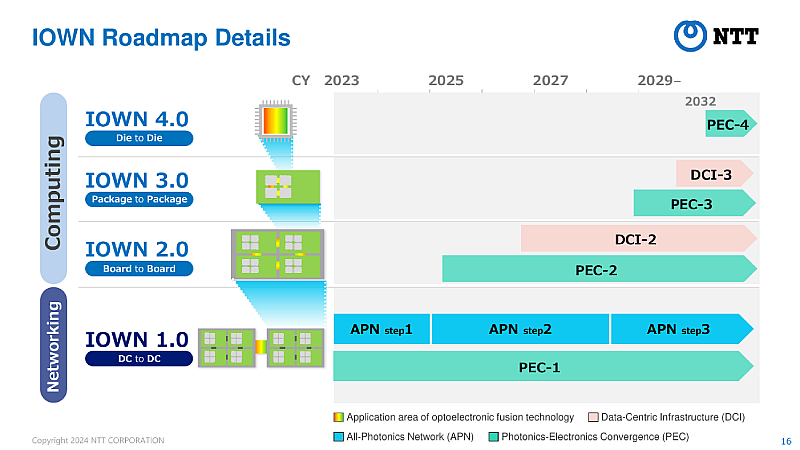
Figure 8: IOWN Roadmap (Source: NTT R&D FORUM 2024 Presentation)
The rollout of IOWN is progressing step by step, moving from networking into computing, with PEC technology at its core. IOWN 1.0 has already begun, with commercial services now connecting data centers through APN. Around 2026, IOWN 2.0 will extend into the computing domain, introducing services that incorporate DCI. Looking further ahead, from 2028 onward, developments such as photonic interconnects between and within chips, improvements in APN transmission efficiency, and the architectural evolution of DCI will work toward achieving IOWN's ultimate performance goals (see Figure 3).
IOWN technologies are already being applied to address wide-ranging challenges across different industries. This section highlights some practical examples, with a focus on initiatives led by NTT DATA.
5. Use Cases of IOWN
5-1. Long-Distance Data Center Interconnect
To support the concept of distributed data centers, NTT DATA has carried out demonstration experiments connecting facilities via APN in countries including the UK and the US. These trials achieved latency of less than one millisecond between sites around 100 kilometers apart.
By linking urban and suburban data centers with APN, it becomes possible to build an integrated IT infrastructure that operates as a single virtual data center. This approach is particularly valuable for latency-sensitive scenarios such as real-time AI analytics or mission-critical financial applications that demand high reliability and fault tolerance.
References:
- NTT Low-Latency Network Connects Urban and Suburban Data Centers in U.S. and U.K.
- MUFG Bank, NTT DATA and NTT WEST announce successful All-Photonics Network demonstration in data center interconnection
5-2. Remote Operation of Robots from Distant Locations
In the field of smart factory maintenance, NTT DATA is testing the use of remotely operated robots supported by real-time video transmission and AI analysis over IOWN's APN. These efforts are aimed at enabling more efficient and reliable inspection of factory equipment.
Reference:
6. Building A Future Social Infrastructure with IOWN
The three core technologies that make up IOWN, together with their practical use cases, demonstrate how this infrastructure could transform the future of communication and computing. Once fully realized, IOWN will make it possible to process vast and diverse data in real time and at lower cost, laying the groundwork for advanced systems such as Digital Twin Computing. With this foundation, IOWN can not only help tackle pressing social challenges but also unlock new opportunities for innovation and value creation across a wide range of fields.
NTT DATA is working to bring this infrastructure to life as soon as possible, with the goal of making these technologies a standard part of everyday life by the 2030s.
- What is IOWN?
https://group.ntt/en/group/iown/ - NTT IOWN Technology Report 2024
https://www.rd.ntt/e/research/RDNTT20241031.html

Hiroyuki Eguchi
IOWN Innovation Office, Innovation Technology Department, Technology and Innovation General Headquarters, NTT DATA Group
Hiroyuki Eguchi has an impressive background in developing enterprise Java frameworks and IoT solutions for the manufacturing industry. At the IOWN Innovation Office, he is currently focused on promoting and deploying advanced technologies emerging from NTT's research laboratories.
